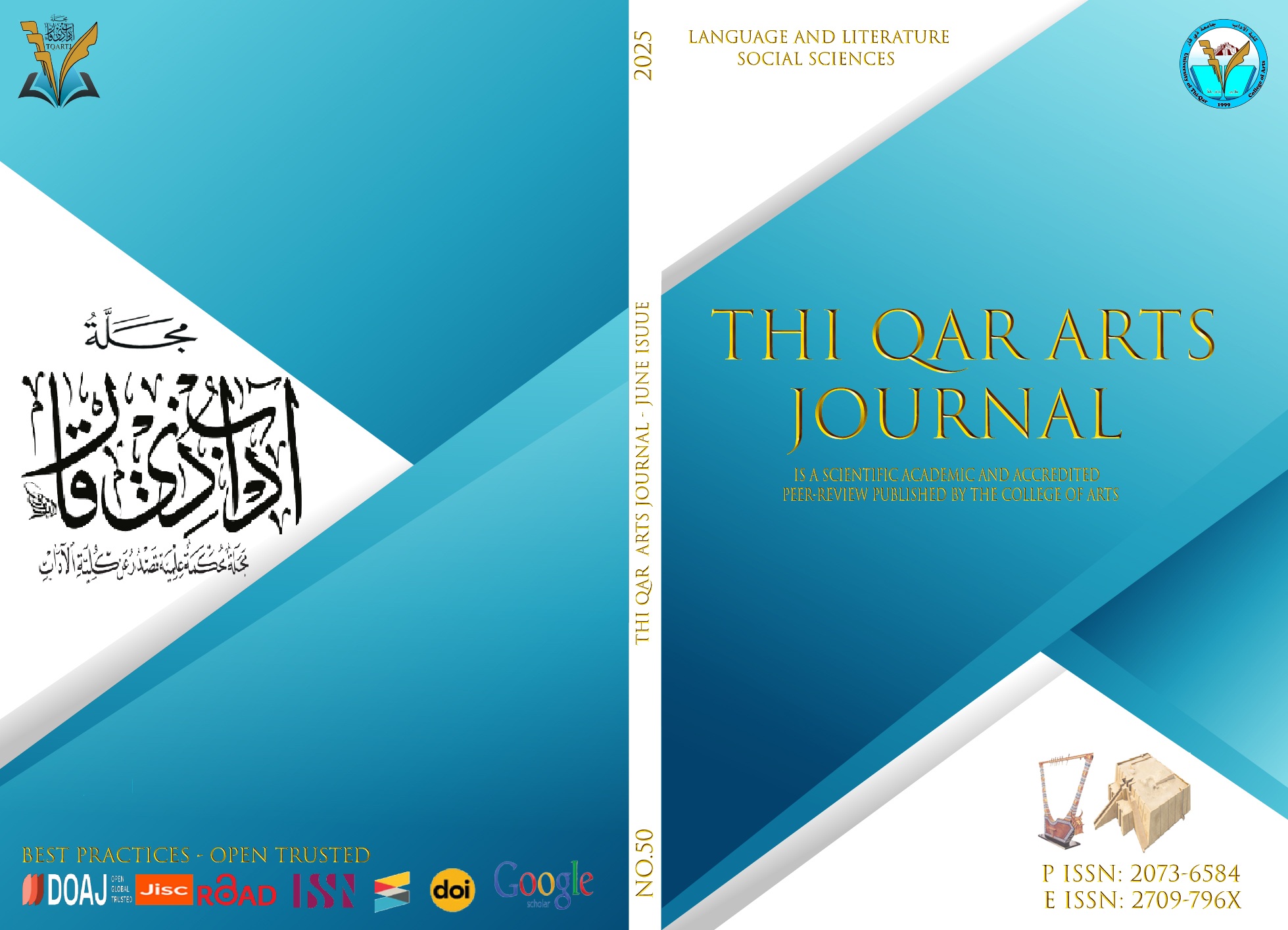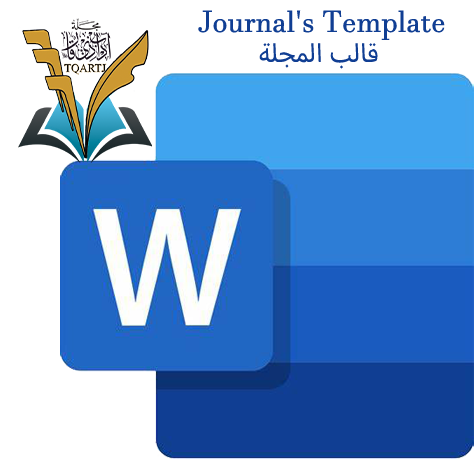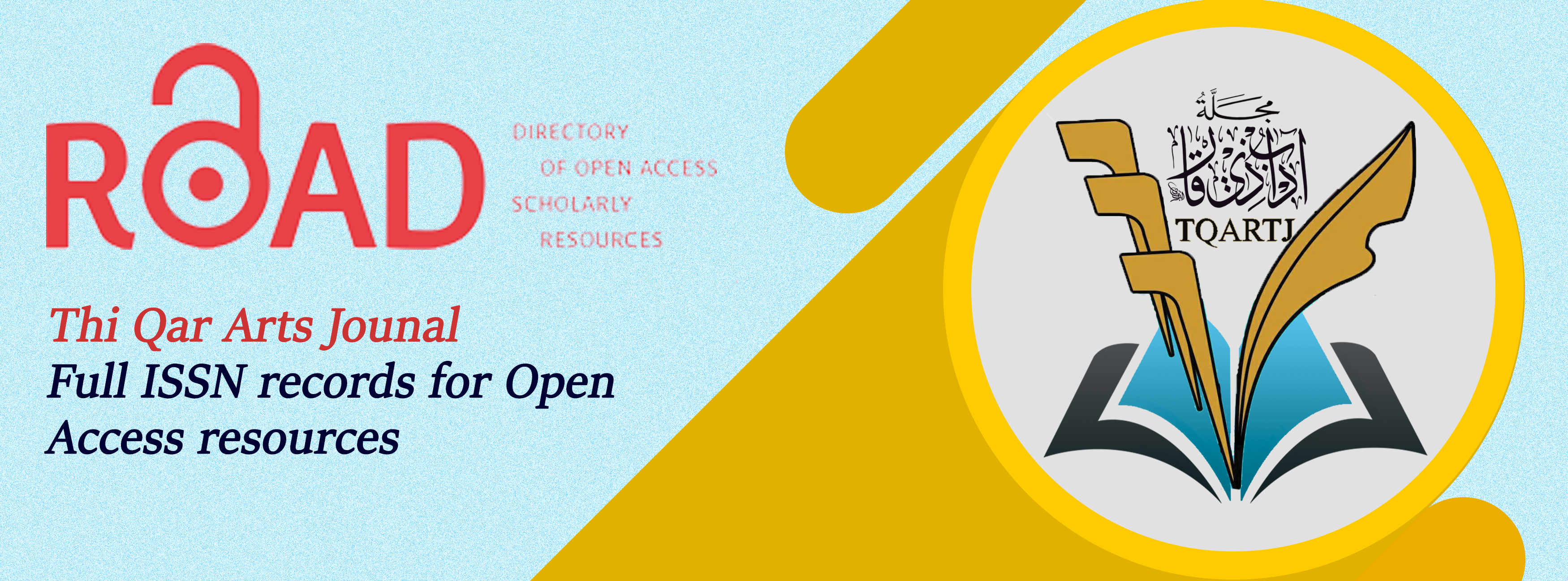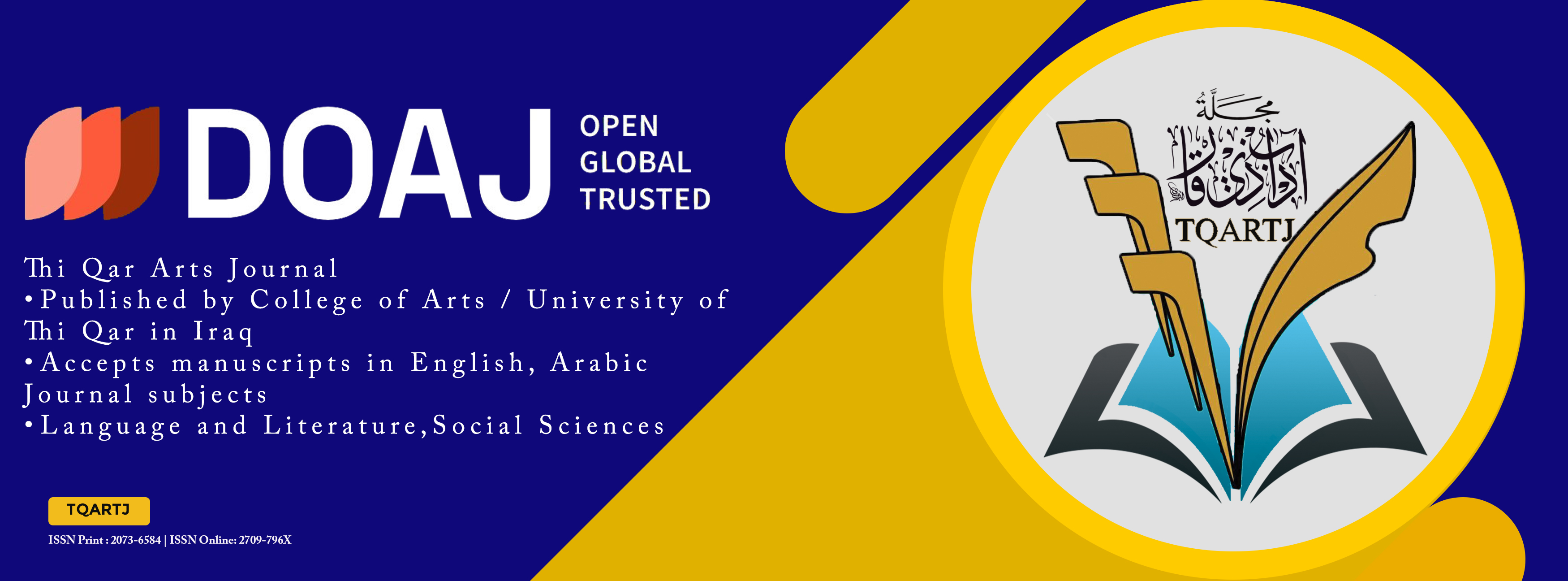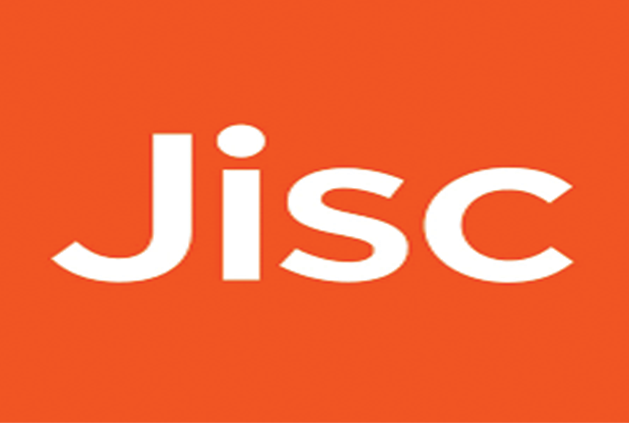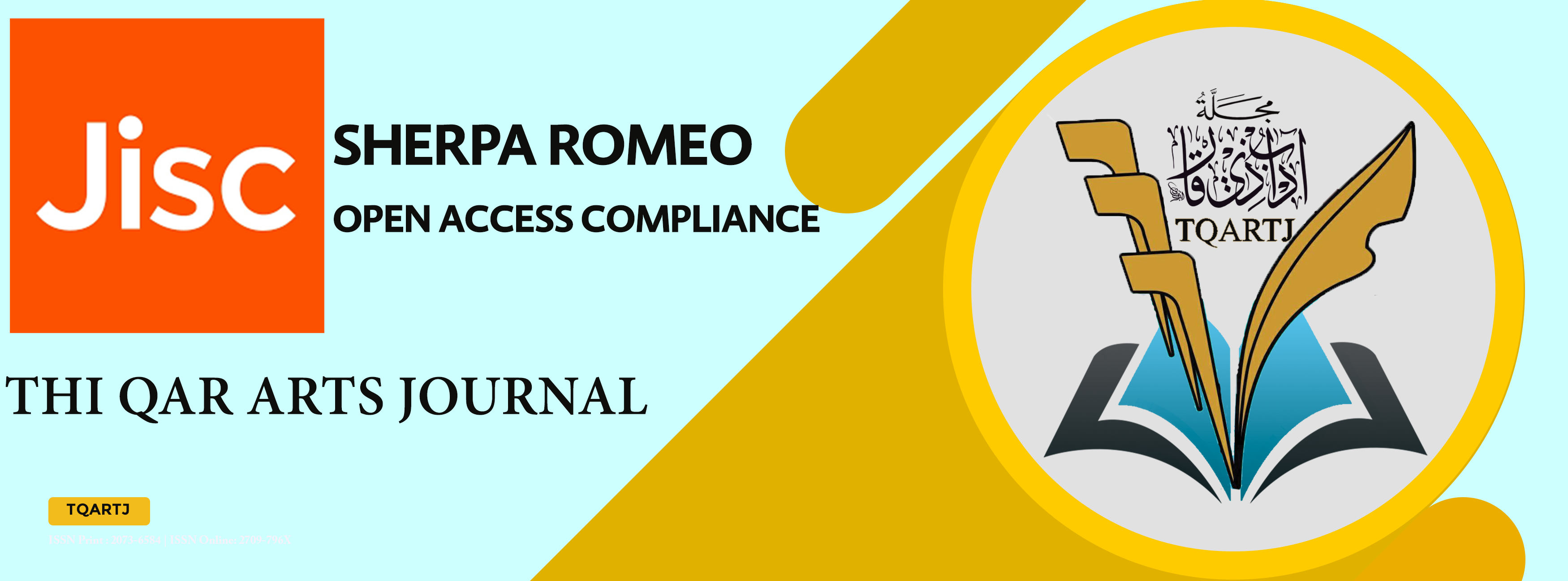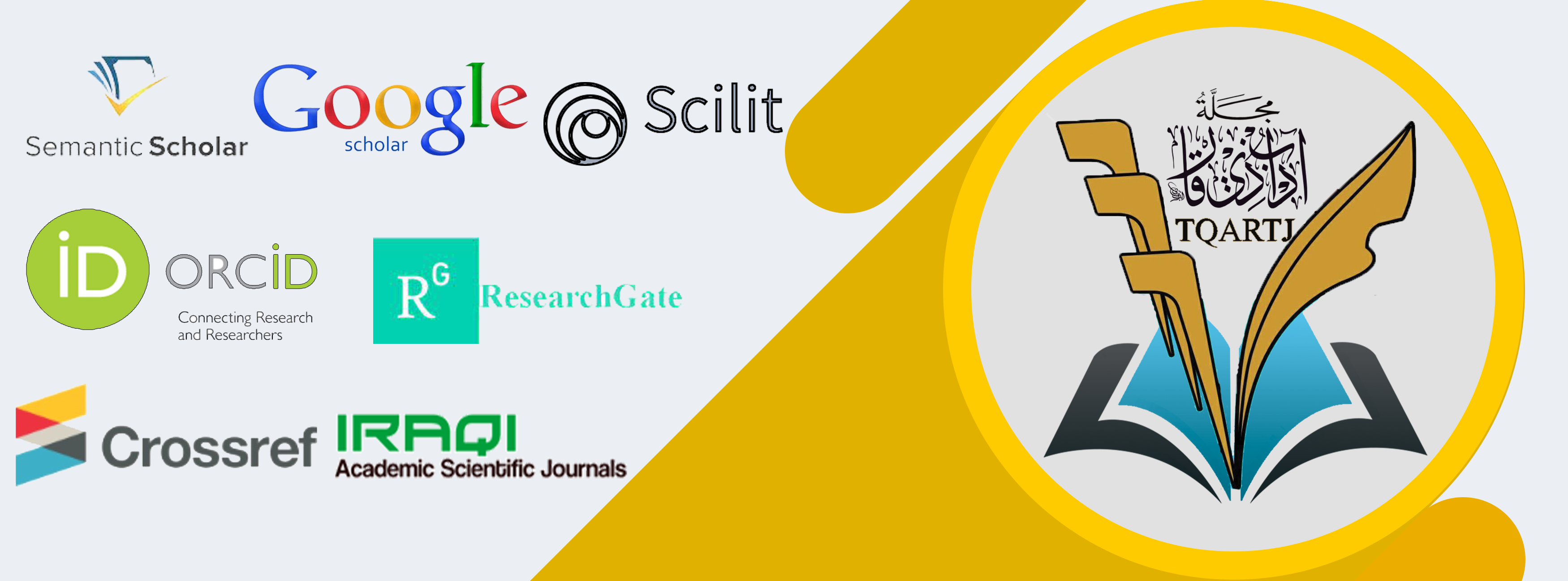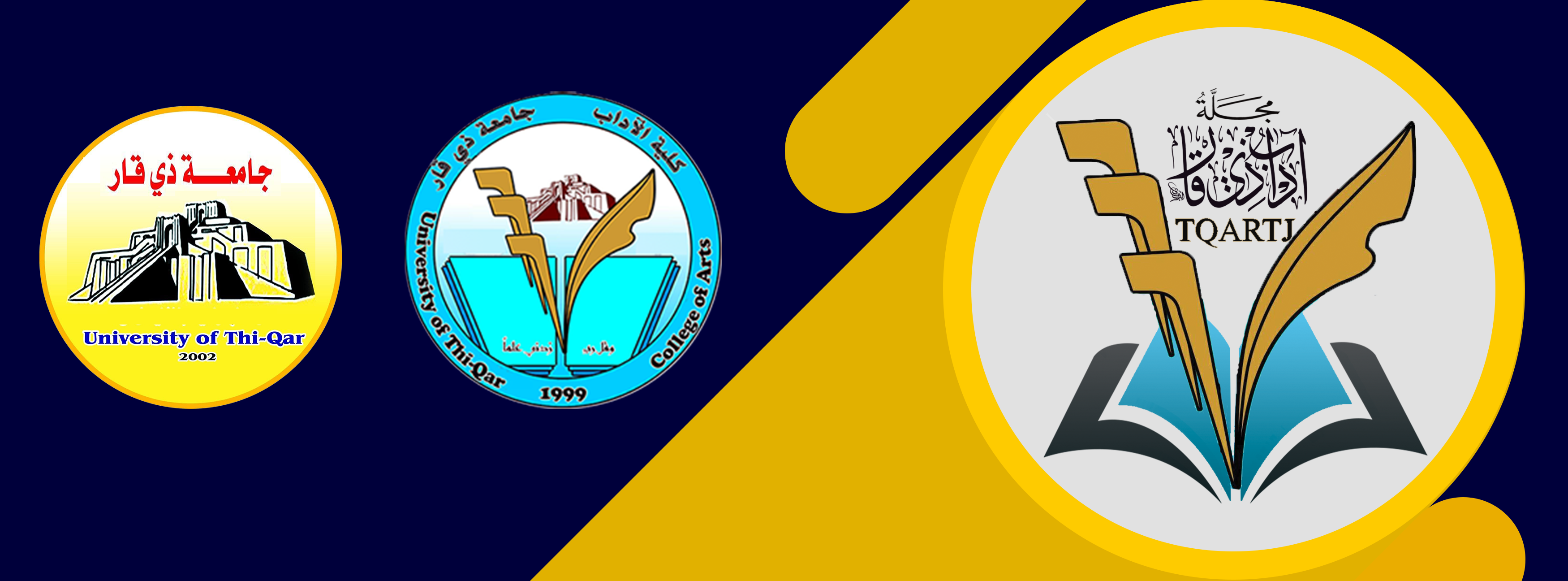Motivations Behind the Exposure of Academic Elites to Iraqi Sports Television Program Pages on Social Media and the Gratifications Achieved
DOI:
https://doi.org/10.32792/tqartj.v5i50.796Keywords:
Keywords: Motives and gratifications, exposure, television sports programs, social media,Abstract
Abstract
In the contemporary digital landscape, all segments of society - including university professors - are increasingly engaging with social media platforms, particularly sports-related pages. This study addresses a key research problem: understanding the motivations driving this engagement and exploring its implications in depth.
The study investigates how academic elites interact with sports program pages on social media and seeks to answer the following core research questions:
- Which television program pages are most preferred by academic elites?
- To what extent do sports programs contribute to enhancing audience gratification?
- What is the role of sports program pages in promoting athletic achievement?
The study aims at:
- Examining the patterns of audience exposure to sports-related pages.
- Assessing the contribution of sports programs in fulfilling audience gratifications.
- Exploring the role of sports-related pages in enhancing sports performance and achievement.
The research population includes 80 male and female faculty members from the Colleges of Physical Education in Karbala. The sample was selected using a purposive sampling method, in alignment with scientific methodology, to ensure precise and reliable data collection for analysis.
The study yielded the following significant results:
- The majority of the academic faculty reported viewing sports program pages primarily through Facebook.
- Academic elites typically consume content at home and frequently discuss program topics with peers and colleagues.
- The most preferred program among respondents was "Hattrick", aired on the UTV channel, which ranked significantly higher in popularity compared to other sports programs.
Based on the findings, the researcher recommends the following:
- Television sports programs should be designed to include purposeful and developmental content that contributes to the growth of the sports sector in Iraq. Moreover, such programs should feature analysts and experts who offer balanced and unbiased commentary, avoiding defamatory or politically charged discourse.
- Diverse sports coverage should be prioritized. Programs ought to cover a broad range of sports - both team-based and individual - rather than focusing predominantly on football, even though it attracts a large viewership.
Downloads
References
المصادر :
1. محمد عبد الحميد، البحث العلمي في الدراسات الإعلامية، القاهرة: عالم الكتب،2000.
2. جودت عزت عطوي،اساليب البحث العلمي،عمان:دار الثقافة للنشر والتوزيع،2007.
3. جلال العبادي،أهمية وسائل الإعلام في نشر الثقافة الرياضية بين أوساط الشباب،مجلة كلية التربية الرياضية –جامعة بغداد،1996.
4. فاطمة الزهراء عماري ، استخدام القنوات التلفزيونية الاخبارية لتفاعلية شبكات التواصل الاجتماعي : حالة الفيس بوك (دراسة مسحية لعينة من صفحات الفيس بوك لقناتي بي بي سي و فرانس 24 في عام 2012)، رسالة ماجستير غير منشورة ، قسم علوم الاعلام والاتصال، كلية العلوم السياسية والاعلام ، جامعة الجزائر3 ، 2012.
5. برهان الشاوي, مدخل في الاتصال الجماهيري ونظريات التأثير, ط4 (اربد: دار الكندي, 2008).
6. رضا عبد الواجد امين, الصحافة الالكترونية (القاهرة: دار الفجر للنشر والتوزيع, 2007) .
7. فلاح كاظم المحنة، علم الاتصال بالجماهير، الأفكار، النظريات، الأنماط (عمان: مؤسسة الوراق للنشر والتوزيع، 2005).
8. ديفيد روي ، الرياضة والثقافة ووسائل الاعلام الثالوث الصعب ، ترجمة: هدى فؤاد ، القاهرة : مجموعة النيل ،2006.
9. هادي عبد الله العيثاوي ، فنون الإعلام الرياضي التلفزيوني النظرية والممارسة ، بغداد : شركة الانس للطباعة والنشر ، 2010
10. مهند حميد التميمي ، التلفزيون وشبكات التواصل الاجتماعي، عمان ، دار امجد للنشر والتوزيع ، 2017.
11. مهند حميد التميمي ، المصدر السابق نفسه.
12. وسام فاضل راضي ومهند حميد التميمي الاعلام الجديد ، العين ، دار الكتاب الجامعي، 2017.
13. مبادئ علم الاتصال ونظريات التأثير، محمد حسين اسماعيل، ط1،القاهرة :الدار العالمية للنشر والتوزيع ،2003.
Published
Issue
Section
License
Copyright (c) 2025 م.د. انمار غافل صيهود

This work is licensed under a Creative Commons Attribution 4.0 International License.
The journal applies the license of CC BY (a Creative Commons Attribution International license). This license allows authors to keep ownership of the copyright of their papers. But this license permits any user to download, print out, extract, reuse, archive, and distribute the article, so long as appropriate credit is given to the authors and the source of the work. The license ensures that the article will be available as widely as possible and that the article can be included in any scientific archive.
